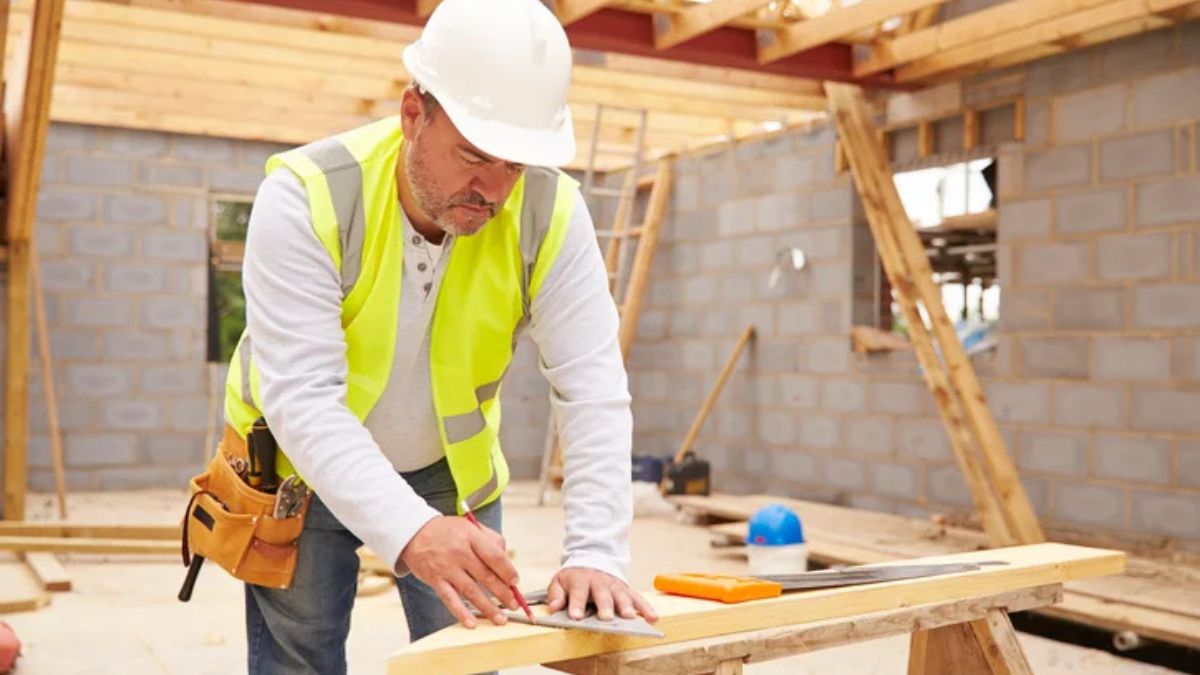Carpentry, a craft as old as construction itself, continuously evolves, bringing innovative solutions to the forefront. With contemporary designs leaning towards functionality, sustainability, and aesthetic appeal, the choices available today are numerous and versatile.
Table of Contents
Modern Materials Revolutionizing Carpentry
Gone are the days when wood was the only material for carpenters—today’s carpentry benefits significantly from the advent of composite and engineered materials. As homeowners embark on new home construction, understanding the latest trends in carpentry can make all the difference in achieving a modern, efficient, and aesthetic space. Not only do these materials offer higher durability, but they also provide enhanced resistance to environmental factors such as moisture and temperature changes. Composite materials have the advantage of being lightweight, facilitating easier manipulation and installation. Innovations in material science have ushered in a new era of options that carpenters leverage to create durable and aesthetically pleasing structures.
Sustainability in Carpentry
The modern world demands more sustainable practices, and carpentry is no exception. An increased focus on eco-friendly materials has led to the adoption of sustainably harvested wood and recycled materials. Sustainable carpentry is not only about reducing the carbon footprint but also about creating healthier living environments. Using materials like bamboo, reclaimed wood, and other rapidly renewable resources, carpenters can ensure that their creations are as kind to the planet as they are beautiful. More builders are opting for [sustainable carpentry](https://www.architecturaldigest.com/story/the-best-sustainable-furniture-brands) to meet the growing consumer demand for green building practices.
Smart Technology Integration
Smart technology integration has become a staple in modern homes. In carpentry, this translates to intelligent systems that ensure efficiency and precision. For instance, programmable CNC machines and 3D printers can create custom furnishings with unparalleled accuracy. This shift towards technology-enhanced carpentry allows for customization that meets the exact requirements of every homeowner. Furthermore, incorporating smart home technology into carpentry projects creates furniture and features that serve functional purposes and integrate seamlessly with other tech-driven amenities within the home.
Embracing Minimalist Designs
Minimalism in design has been gaining traction for its simple yet elegant approach to living spaces. Carpentry enables this design philosophy through clean lines and uncluttered arrangements. The minimalist strategy often involves maximized utility with minimal resources, resulting in functional and stylish structures. By emphasizing clear, open spaces and the natural beauty of materials, minimalist carpentry helps personality emanate through simplicity. Less is indeed more regarding this trend, guiding carpenters to craft spaces that exude tranquility and order.
The Rise of Customization
Customization represents a growing trend in personalizing home spaces and a desire for unique designs that reflect individual tastes. Bespoke carpentry solutions can integrate one-of-a-kind features tailored perfectly to a homeowner’s lifestyle and preferences. Whether it’s a custom-built kitchen cabinet or a unique bedroom wardrobe, the demand for personalized elements in homes is rising. This shift enables homeowners to realize their visions and create spaces that cater not just to their aesthetic preferences but also to their functional needs. The flexibility offered by custom carpentry ensures that no two homes are ever the same.
Enhanced Safety Measures
With innovation comes the responsibility for safety, and modern carpentry incorporates advanced safety measures to protect workers and occupants. Enhanced safety protocols are crucial to reducing health risks traditionally associated with woodworking, such as exposure to dust and hazards from manual tools. [Improved safety standards](https://www.thisoldhouse.com/ideas/dangers-construction-diy) include ergonomic tools, safety gear, and machinery with built-in protections. These measures ensure that safety is never compromised while aesthetic goals are being pursued.
Artisanal Craftsmanship Revival
Despite the rise of machine-assisted carpentry, there is a resurgent appreciation for artisanal craftsmanship. Skilled artisans bring a personal touch to projects, creating pieces that showcase intricate details and traditional techniques. This revival bridges the gap between contemporary needs and professional traditions, offering the best of both worlds. As people seek authentic, handcrafted pieces, artisans are uniquely positioned to inject their creativity into modern carpentry, delivering results that machines alone cannot replicate.
Creating Open Layouts
The demand for open layouts continues rising as modern homeowners seek to foster an airy, connected living space. Carpentry solutions, such as using beams, columns, and clever storage, create expansive interiors that maximize light and space, promoting a sense of cohesion and harmony throughout the home. By seamlessly integrating living, dining, and kitchen areas, open layouts improve flow and versatility and enhance social interaction and accessibility, making room for family and friends to gather more freely.

